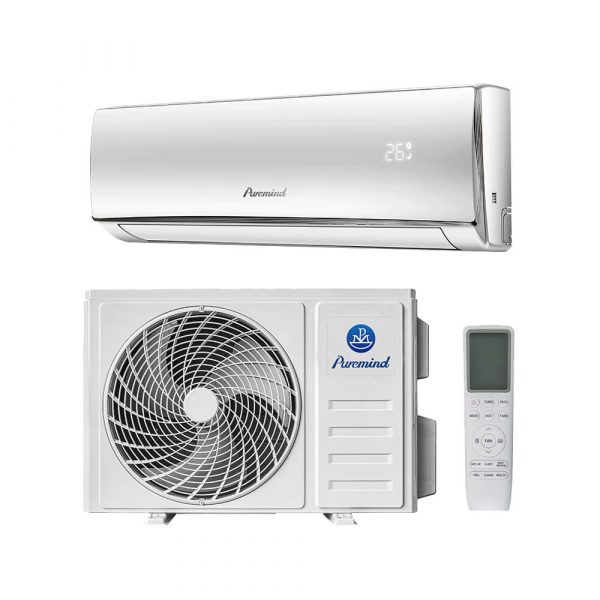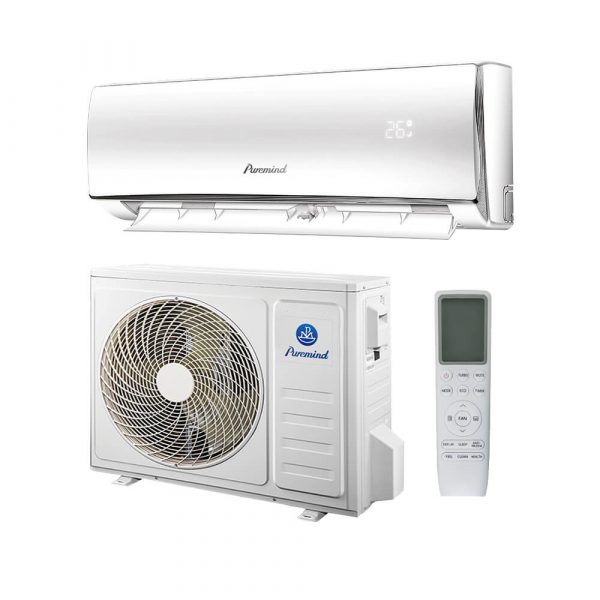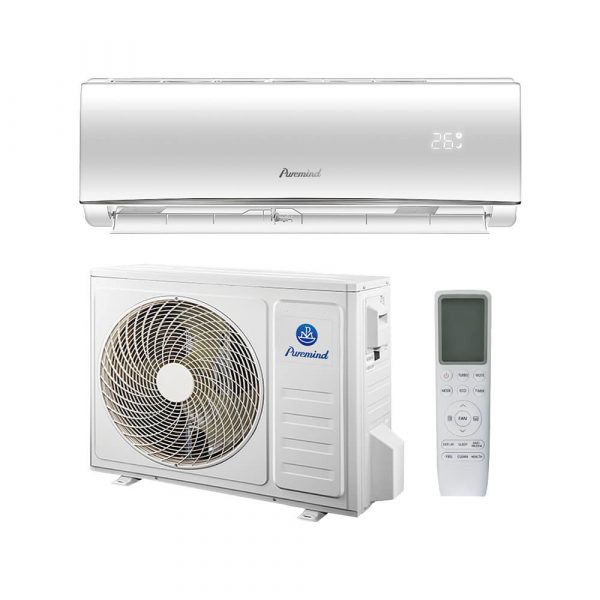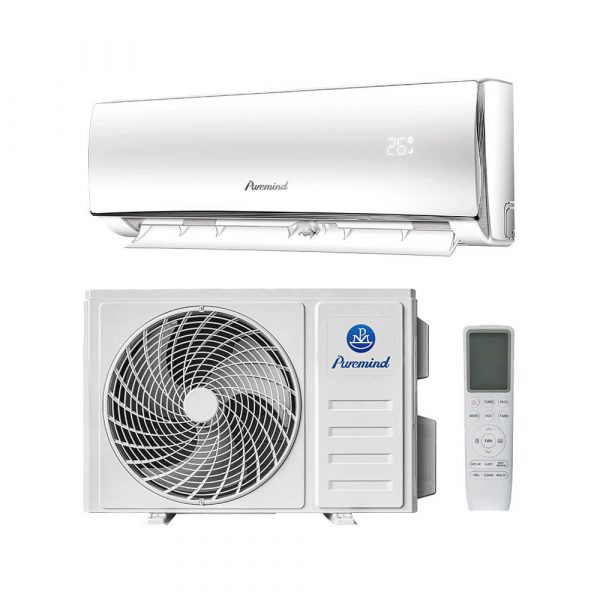Air Con Mini Split Air Conditioner: Complete Guide for Wholesalers and Distributors
An air con mini split air conditioner is rapidly becoming the preferred cooling and heating solution in both residential and commercial markets. With energy efficiency, flexible installation, and advanced comfort features, this system offers significant opportunities for wholesalers, suppliers, and distributors. This comprehensive guide explores what mini splits are, how they work, their advantages, applications, and why businesses should consider stocking them.
What Is an Air Con Mini Split Air Conditioner?
An air con mini split air conditioner, commonly referred to as a ductless split system, consists of an outdoor condenser unit and one or more indoor air-handling units. Unlike central HVAC systems, mini splits do not rely on bulky ductwork. Instead, they use a narrow conduit that houses refrigerant lines, electrical wiring, and a drain line. This compact design allows easy installation and efficient performance in various settings.
Key Benefits of Air Con Mini Split Air Conditioners
- Energy Efficiency: Many models achieve SEER ratings above 20, reducing energy bills by up to 30% compared to traditional HVAC systems.
- Zone Comfort: Multi-zone configurations allow independent temperature control in each room or area.
- Quiet Operation: Indoor units operate at noise levels as low as 19 dB, ideal for bedrooms and offices.
- Flexible Installation: Units can be wall-mounted, ceiling cassette, or floor-mounted, depending on space requirements.
- Heating and Cooling: Inverter-driven compressors make mini splits suitable for year-round use.
Why Should Wholesalers and Distributors Focus on Mini Splits?
The HVAC market is evolving, with customers demanding systems that are not only efficient but also environmentally friendly. According to AHRI, ductless mini splits are one of the fastest-growing HVAC categories worldwide. For wholesalers, stocking mini splits means staying competitive, attracting contractors, and offering solutions that meet new building energy codes.
Applications of Air Con Mini Split Systems
Mini split air conditioners are suitable for various settings, including:
- Residential Homes: Ideal for older homes without existing ductwork.
- Commercial Spaces: Offices, retail stores, and salons often use mini splits for targeted comfort.
- Hospitality Industry: Hotels and resorts prefer them for quiet and efficient room-by-room control.
- Educational Facilities: Classrooms and training centers benefit from precise zoning.
Air Con Mini Split vs. Central Air Conditioning
Customers often wonder how mini splits compare with central air systems. Here are the main differences:
- No Ductwork: Eliminates energy losses through ducts, which can account for up to 30% of energy use.
- Scalability: Mini splits can be expanded by adding indoor units as needed.
- Lower Installation Costs: Less invasive installation compared to ducted systems.
- Targeted Comfort: Rooms are cooled or heated individually, avoiding uneven temperature distribution.
Choosing the Right Air Con Mini Split Air Conditioner
Wholesalers should help customers understand how to select the best mini split system:
- BTU Rating: Match the capacity to the square footage of the room.
- Single-Zone vs. Multi-Zone: Choose based on the number of rooms needing cooling.
- Efficiency Ratings: Look for high SEER and HSPF ratings to maximize savings.
- Warranty and Support: Partner with brands that offer long-term reliability.
Installation Guidelines
Although mini splits are easier to install than central air systems, proper setup requires certified HVAC technicians. Wholesalers can differentiate themselves by offering training programs and detailed product manuals. Key installation considerations include correct refrigerant charging, electrical safety, and ensuring proper airflow.
Market Opportunities for Wholesalers and Distributors
Mini splits are in high demand due to energy efficiency mandates and consumer preferences. Distributors can increase revenue by targeting contractors, builders, and retail outlets. Linking product categories directly to your customers is essential, for example: explore our split air conditioner catalog.
Future Trends in Mini Split Technology
The future of the air con mini split air conditioner market includes:
- Smart Connectivity: Wi-Fi enabled units that integrate with smartphones and voice assistants.
- Eco-Friendly Refrigerants: Transitioning to low-GWP refrigerants such as R-32.
- Enhanced Inverter Technology: Improving energy savings and extending system lifespan.
- Integration with Renewable Energy: Pairing mini splits with solar power for sustainable comfort.
Strategies for Wholesalers to Maximize Sales
Wholesalers and distributors can boost mini split sales by:
- Educating contractors with training and technical resources.
- Providing financing options to make systems more affordable.
- Highlighting energy savings to eco-conscious consumers.
- Stocking a wide variety of sizes and models for different applications.
Conclusion: Why Air Con Mini Splits Are the Future of HVAC Distribution
For wholesalers, suppliers, and distributors, the air con mini split air conditioner represents a lucrative and sustainable business opportunity. Its efficiency, quiet operation, and flexible applications make it an essential product in today’s HVAC market. By partnering with reliable manufacturers, offering strong after-sales support, and educating customers, businesses can gain a competitive edge. Investing in this technology ensures long-term growth and positions your company as a leader in the evolving HVAC industry.







